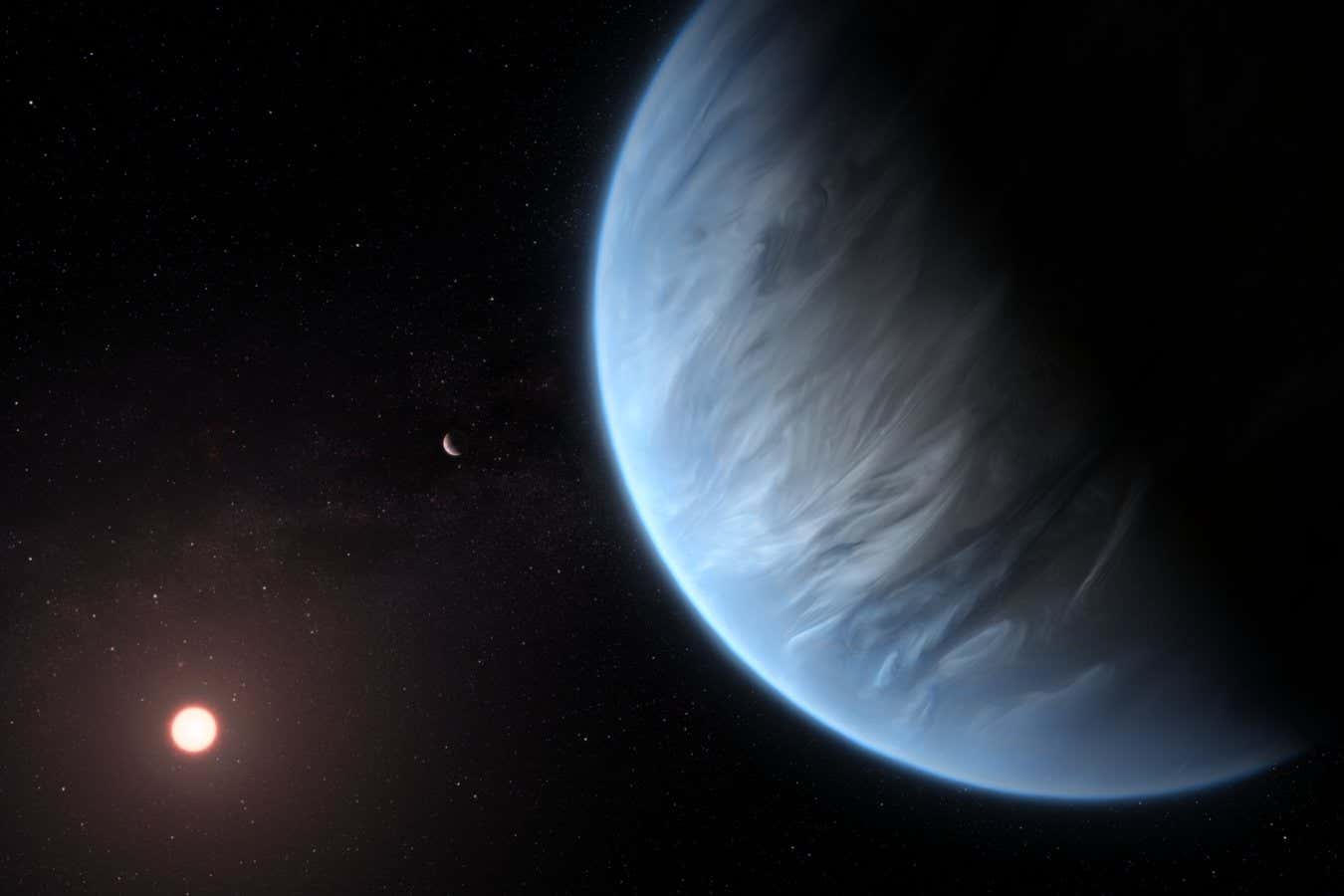Now Reading: Astronomers Present Compelling Evidence of Possible Alien Life
1
-
01
Astronomers Present Compelling Evidence of Possible Alien Life
Astronomers Present Compelling Evidence of Possible Alien Life

Rapid Summary
- Discovery: Astronomers have detected dimethyl sulphide (DMS), a molecule mainly produced by living organisms on Earth, in the atmosphere of exoplanet K2-18b using the James Webb Space Telescope (JWST). They also found possible traces of dimethyl disulphide (DMDS).
- Background: K2-18b was discovered in 2015 and is located 124 light years away.It resides in its star’s habitable zone and has a hydrogen-rich atmosphere with evidence of water vapour since 2019.
- Meaning Level: The detection is reported at three-sigma statistical significance (3-in-1000 likelihood its incorrect), which falls short of physics’ standard five-sigma threshold for confirmed discoveries.
- Skepticism: While intriguing, scientists argue the findings require independant verification and further study to rule out non-biological sources for DMS/DMDS production. Previous similar detections on K2-18b were disproven after scrutiny.
- Further Observations Needed: Researchers estimate that additional 16-24 hours using JWST might strengthen the signal but acknowledge challenges due to inherently complex data interpretation processes and atmospheric constraints.
Image Descriptions:
- An artist’s impression of planet K2-18b with its host star from ESA/Hubble,M.Kornmesser pictured above.
- The iconic Lovell Telescope featured under “Mysteries of the Universe” exploration.
Stay Informed With the Latest & Most Important News
Previous Post
Next Post
Loading Next Post...























